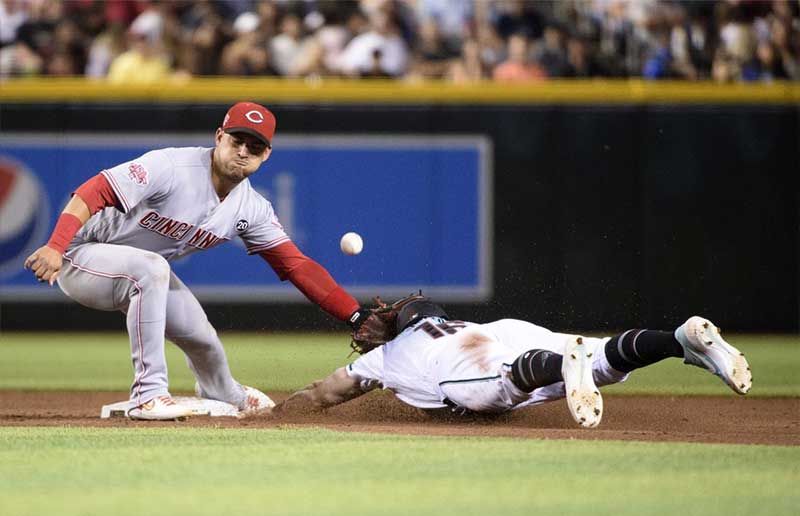Baseball is an exciting sport that requires a combination of skills, both physical and mental. If you’re a young player looking to excel at the 3rd base position, you’re in the right place. In this guide, we’ll break down the fundamental skills and techniques required to play 3rd base effectively.
1. Proper Stance and Ready Position
Before the pitch, it’s essential to start with the right stance and be ready to react to the play:
- Stance: Begin with your feet shoulder-width apart and your knees slightly bent. This balanced stance allows for quick movement in any direction.
- Glove and Hands: Hold your glove low and open, close to the ground. Your bare hand should be behind your glove, ready to support it.
2. Anticipation and Readiness
- Eyes on the Batter: Keep your eyes on the batter, watching their stance and swing to anticipate where the ball might be hit.
- Game Situation: Always be aware of the game situation, including the score, the number of outs, and the baserunners’ positions. This awareness will help you make the right decisions.
3. Quick Reactions

- First Step: React quickly off the mark when the ball is hit. Your first step should be explosive, and you should move in the direction of the ball.
- Angled Approach: Move at an angle that allows you to cover as much ground as possible while keeping your balance and control.
4. Fielding Techniques
- Two-Handed Approach: When fielding ground balls, use both hands to ensure a clean pickup. Extend your glove hand toward the ball while keeping your bare hand behind it.
- Stay Low: Keep your body low to the ground when fielding grounders. This provides better stability and control. Your head should be at glove level.
5. Throwing Mechanics
- Grip: Hold the ball with a four-seam grip, which offers better control and accuracy.
- Footwork: Step toward your target with your front foot while keeping your back foot on the ground. This provides a strong and accurate throw.
- Arm Slot: Maintain a consistent arm slot for throws. A three-quarters arm slot is often effective for 3rd basemen.
6. Communication and Coordination

- Infield Calls: Develop clear communication signals with your fellow infielders to prevent collisions and ensure efficient plays.
- Backup: Be prepared to back up other infielders or outfielders during plays. This is a crucial part of teamwork.
7. Situational Awareness
- Game Situation: Stay aware of the game situation, including the score, the number of outs, and the baserunner’s speed. This affects your positioning and decision-making.
- Shifts: Be ready to adjust your positioning based on the batter’s tendencies. Defensive shifts can be part of your strategy.
8. Practice and Repetition
- Drills: Incorporate ground ball drills into your practice routine. Work on fielding grounders from different angles and in various positions.
- Game Simulations: Simulate game situations during practice to prepare for real-game pressures and decisions.
Remember that becoming a skilled 3rd baseman takes time, practice, and dedication. Don’t get discouraged by mistakes; instead, use them as opportunities to learn and improve. Keep honing your skills, stay focused, and always bring your passion for the game to the field. With dedication and the right fundamentals, you can become a reliable and successful 3rd baseman. Good luck!
